So, The Mandalorian, maybe if I’d never seen an action movie in my life and this was my first one, I might have been a tiny, eensy bit entertained. But my godiva, I gave up after two episodes. The predictability was nauseating, and the repetition even more so. Oh look, a plot conflict. Let’s shoot at it! Oh look, another plot conflict. Let’s shoot at it! Yet a new plot conflict. Hmm, what should we do? Oh, let’s try something new. First we’ll punch it, then shoot at it!
So yeah, I get that this is Star Wars and this guy was a bounty hunter and bounty hunters do a lot of shooting. And to be honest, I might have been able to stomach one or two more episodes of it if the writers hadn’t done something radically wrong. Well two things. First, they gave the protagonist nothing to latch on to in terms of making him the least bit either interesting or likable. He was just a laconic, faceless guy who shoots first, second, and last in every situation. In short, an impulsive, emotionally vacant psychopath. Then they made him not just dull and one-dimensional but also extremely unlikable by having him capitulate to the Jawas by heading off to kill a big, nonthreatening, rhino-type creature and steal its eggs. Did the rhino pose a threat to anyone? No. Was it planning to? No. So now the Mando is just Eric and Donald Trump Jr., going big-game hunting for sport, and not even for his own trophy but for someone else’s. Ugh. I’m really unable to get into a story where the “hero” is willing to hurt anyone or anything else for his own gain. How is that heroic?
The last thing, and the thing most related to story craft in general, that really jumped out at me is this. One of the reasons movies and television are so popular is the visual nature of them. The Mando had a lot of great scenery (but honestly, after every other Star Wars except Empire, seeing yet another desert planet with mud and clay buildings has lost its luster)—but what it doesn’t have is a main character. It just has a guy in a mask who does things, and pretty much the same thing over and over. Part of what lets humans relate to and empathize with other humans is our highly expressive faces. We know a person’s feeling bad no matter how much they assure us they’re fine because we are brilliant at picking up on facial and body cues. A baby’s first reference in the world is its mother’s face; conversely, many people on the autism spectrum have a hard time relating to others because they don’t pick up on visual, particularly facial, cues. Therefore, it’s no stretch to recognize that it would be more of a challenge to get an audience stoked on a main character who is utterly featureless. We don’t know how he’s feeling, therefore we can’t empathize, and therefore we’re left with a monosyllabic metal-head who runs around planets killing pretty much everything for personal gain. Not exactly the recipe for heroic material, and it takes much too long to make him an interesting-ish antihero for me, at least, to give a rat’s bootie.
Not surprisingly, The Mando seems to have struck a positive note with a wide audience, many (most?) of them die-hard Star Wars fans, and that’s fine. But when you deal in story for a living, eating sleeping and breathing it, any story with such deeply rooted flaws is going to be an easy pass. There is a myriad of stories in the world that have good, interesting, even if flawed, characters who have more to offer audiences than bang-bang and brooding silence. Even the new Mad Max character played by Tom Hardy did little more than grunt his way through the movie, but at least he gave audiences a sense of his depth he showed more expressiveness than the Mando’s pure white page of nothing. Arguably, Tom Hardy’s biggest acting skill is what he does with his expressions and physicality, more than his words, but that only works because we can SEE him.
